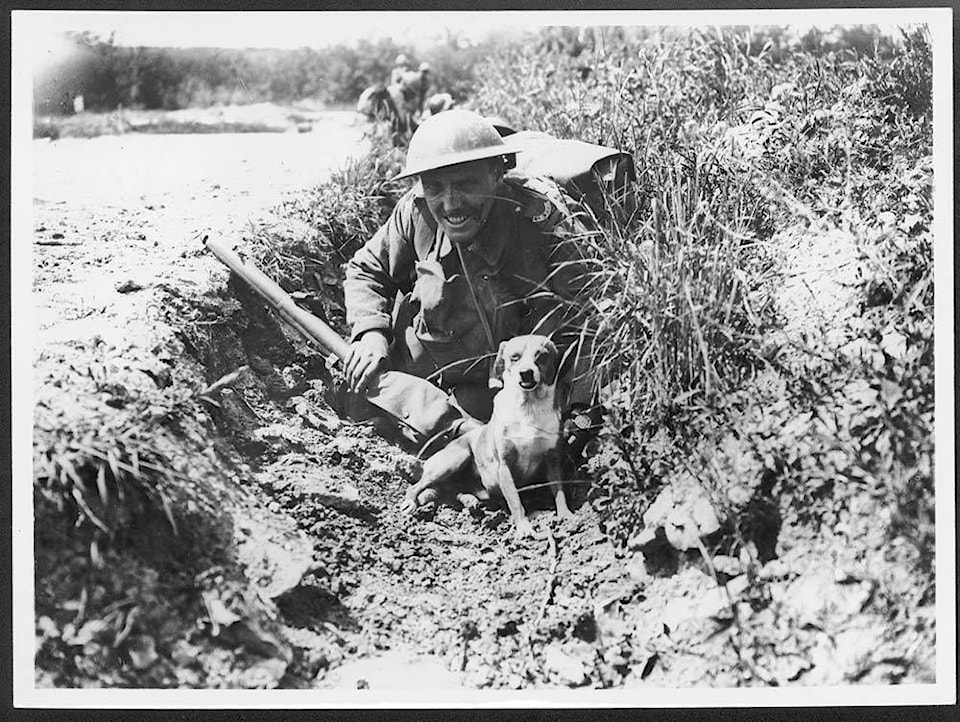A First World War Canadian soldier who pioneered a technique to pinpoint enemy fire using speed-of-sound calculation also brought a lion cub to the battlefield as a mascot.
Non-conformists, such as Major Andrew McNaughton, helped win the Battle of Vimy Ridge by thinking outside the box, said Red Deer author Sigmund Brouwer, who will speak about this nation’s identity-forming victory on its 100th anniversary on Sunday.
Brouwer discovered a few things about Canada’s unconventional national character while researching his latest book, Innocent Heroes, Stories of Animals in the First World War.
After reading about civil engineer/soldier McNaughton, Brouwer understood why Canadians could capture the strategically important Vimy Ridge in a single day, when French and English troops had failed to do so in a year: Our soldiers could problem-solve in a fresh way that was unencumbered by tradition.
For instance, after observing how the old-school advancing lines, used by the French and English, were easily decimated by machine-gun fire, Canadians took to advancing in seemingly disordered “clumps” that were harder to target, said Brouwer.
Our soldiers also marched behind a “creeping barrage” of intense Allied artillery blasts that McNaughton helped co-ordinate.
In this way, Brouwer said the Canadians could gain ground while partially shielded from enemy fire by the “iron curtain” of dust and shrapnel that rose in front of them.
The author plans to talk about these and other “unique Canadian qualities” at 1:30 p.m. Sunday at the Golden Circle, in a multi-media presentation for the Red Deer Museum and Art Gallery. It’s for ages eight and up.
Brouwer wrote his latest book with an animal focus because he wanted to familiarize children with the First World War without oppressing them with relentless horror and violence.
Major McNaughton, who kept a lion cub he had saved from a defunct Paris zoo as a mascot, appears as a fictionalized character in Innocent Heroes. The mascot is depicted in the chapter about Leo the lion.
All imagined animals in the novel are based on actual accounts of heroic war animals, whose stories are also shared in Brouwer’s book.
This includes a remarkable tale of the wounded carrier pigeon Cher Ami, which was bestowed with one of France’s highest honours after delivering a message that saved 200 soldiers.
One of three main characters in Innocent Heroes is a First Nations soldier. Brouwer, an award winning author with more than four-million copies of his books in print, said he based the indigenous soldier on stories he heard from aboriginal students about the roles their great-grandfathers had played in the war.
Innocent Heroes is published by Tundra Books and is available at Chapters and Amazon.
lmichelin@www.reddeeradvocate.com
